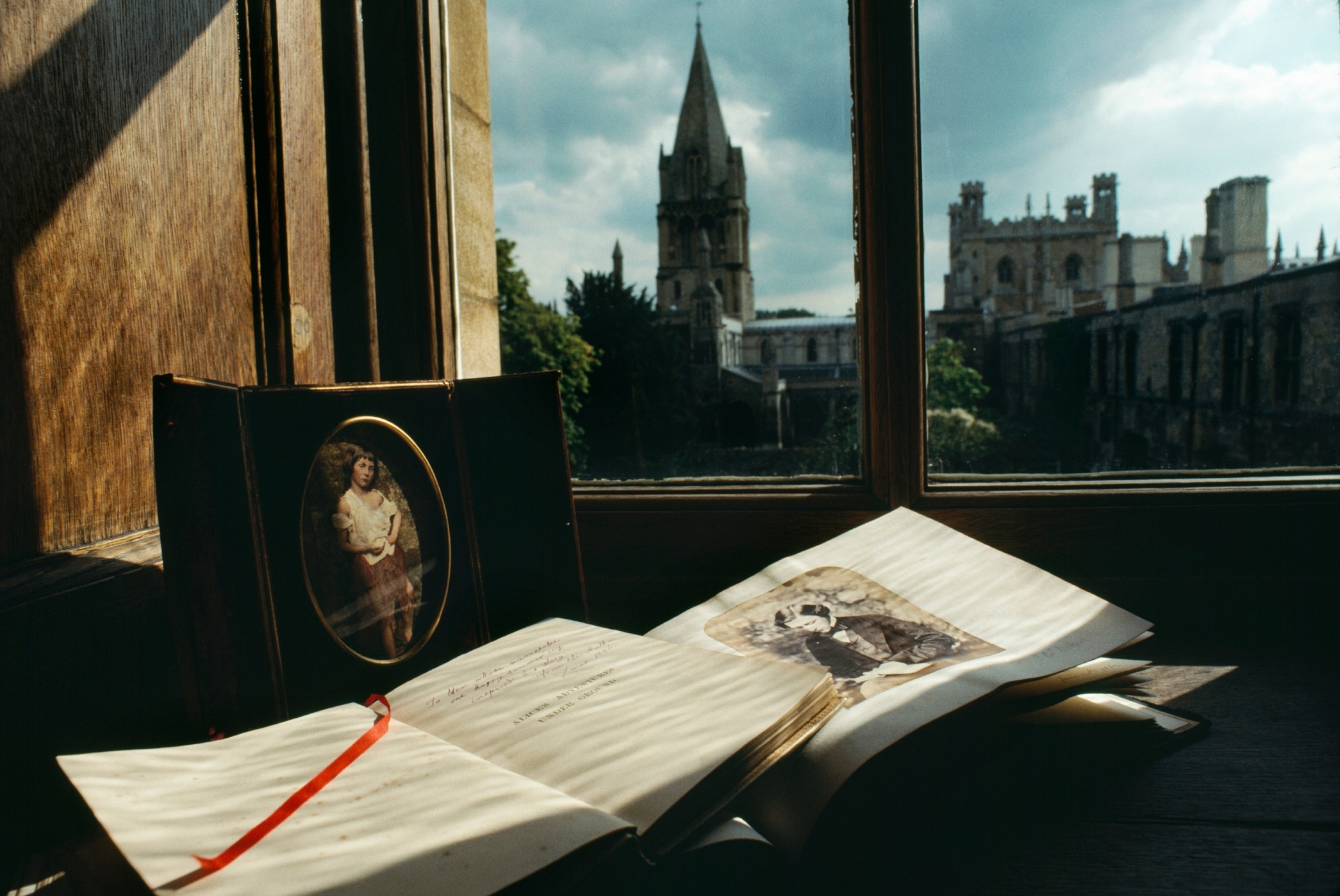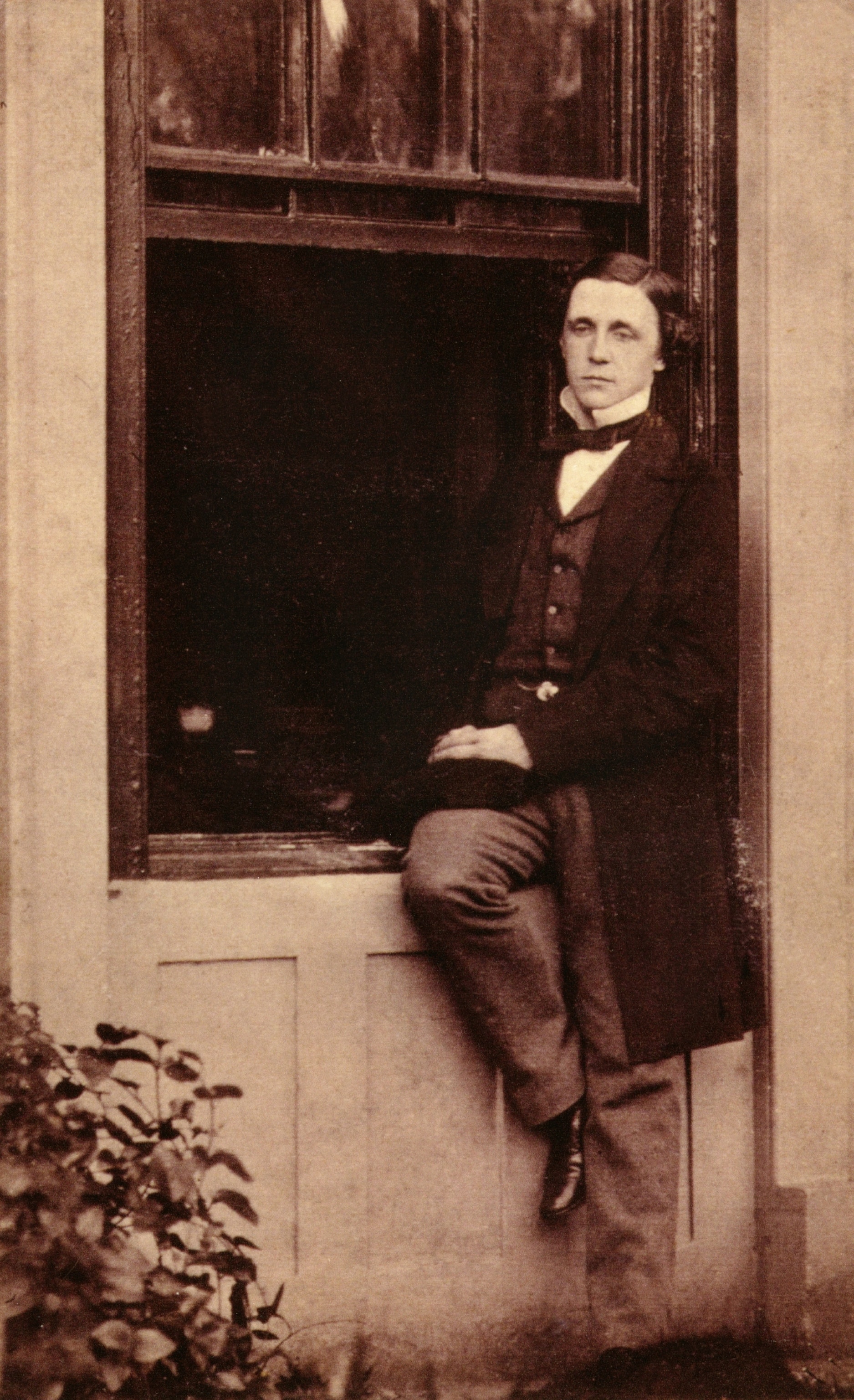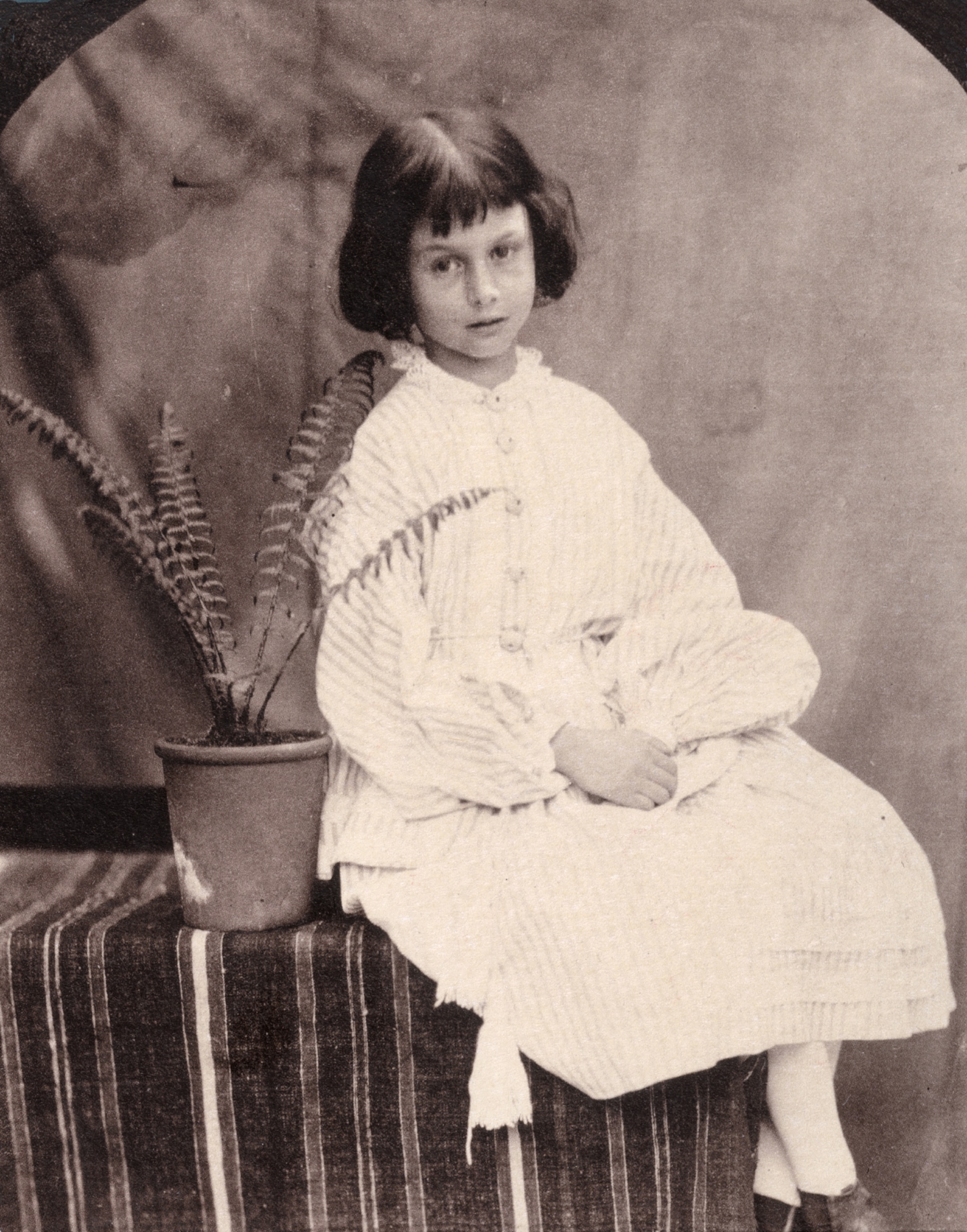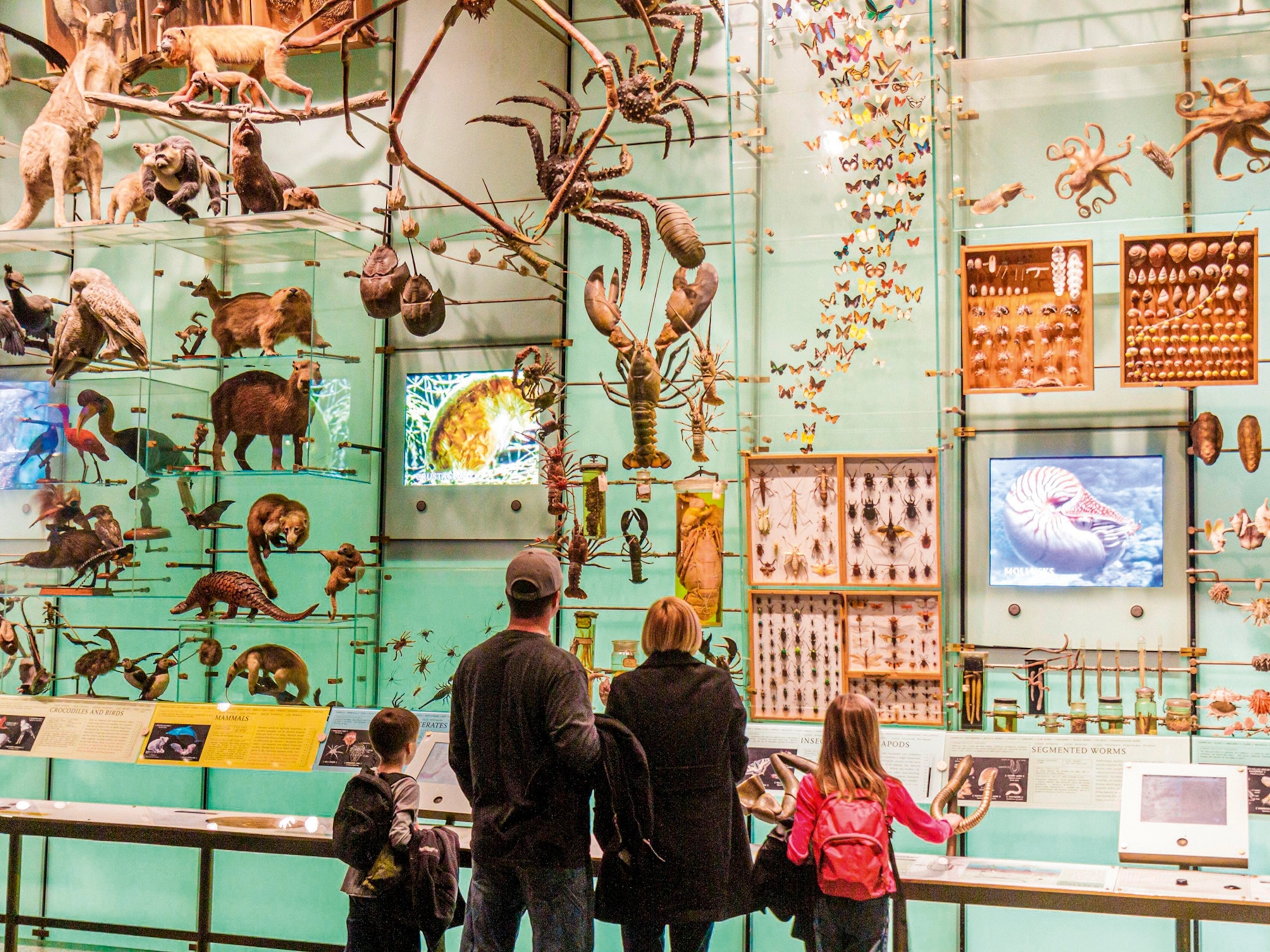
Where Alice in Wonderland, Now 150 Years Old, Came From
Once upon a time, a shy Oxford don told a child named Alice about a girl who falls down a rabbit hole. The story immortalized them both.
On the 4th of July in 1862, in a moment of pure magic, Charles Lutwidge Dodgson, a shy and fussy Oxford don who wrote under the pen name Lewis Carroll, conjured the story of a self-assured young girl who tumbles through a rabbit hole into Wonderland.
Alice, the heroine of this whimsical epic, shrinks and grows; meets the frenetic March Hare, the apoplectic Queen of Hearts, a mad Hatter, a hookah-smoking Caterpillar and attends a mad tea party.
The tale ultimately found form in a book, Alice’s Adventures Underground, published 150 years ago this week.
In Alice and its sequel, Through the Looking Glass, Dodgson celebrated manic absurdity. Logic spins like a carousel ("If you'll tell me what language 'fiddle-dee-dee' is, I'll tell you the French for it!"), Puns teeter on the brink of outrageous (a tree can bark; it says "boughwough"). Words dance with joy ("O frabjous day!").
Dodgson loved children. But one was special, a little girl with haunting eyes named Alice.
Even his pen name was a play on words. He transposed Charles Lutwidge, transformed it to Ludovic Carolus, and emerged as Lewis Carroll .
Dodgson loved children. But one was special, a little girl with haunting eyes named Alice. It was to please her that he created Wonderland and changed the landscape of childhood.

It Began in a Rowboat
Dodgson would seem an unlikely choice as creator of any wonderland. Lecturer in mathematics, author of a pamphlet entitled “An Elementary Treatise on Determinants, With Their Application to Simultaneous Linear Equations and Algebraic Equations,” never married, deeply religious, he left Britain only once, for a tour of the Continent, and spent his time viewing cathedrals.
Yet his imagination danced on the boundary between dreams and waking.
Where did Wonderland begin? One might point to a room of leather books, cool and dark, except in late morning, when the sun edges in and turns everything to gold. It’s the library office in Christ Church College, Oxford, where as sub-librarian Dodgson glanced through a window and saw the young daughters of Dean Henry Liddell playing in the garden.
They were Edith, Lorina, and Alice, a three-year-old with bangs and thoughtful eyes. He cultivated the children, had them over for tea, and told them stories. Years later, after she married, he told her: “I have had scores of child friends since your time; but they have been quite a different thing.”
In 1928, Alice Liddell sold the manuscript at auction for 15,400 pounds ($75,000 US) to an American collector who resold it six months later for $150,000.
On a summer afternoon, after the sun had shouldered aside the clouds that dampened the morning, Dodgson, in white flannel suit and straw hat, and his friend and fellow don, the Reverend Robinson Duckworth, shepherded the girls to Folly Bridge, chose a rowboat, and headed upstream on the Isis River, as the Thames is known on this stretch.
But what is a rowboat expedition without a story? “Tell us a story, please, Mr. Dodgson,” the girls implored.

The tales tumbled out one after another. Dodgson wove them around the children. His heroine was Alice herself.
Afterwards, Alice begged him to write them out. To please a child, he agreed. Two-and-a -half years later, for Christmas, 1864, Dodgson gave her a dark green leather notebook with the story written and illustrated by hand and entitled Alice’s Adventures Under Ground.
Prompted by friends, he expanded the tale. In 1865, renamed Alice’s Adventures in Wonderland, it was published by Macmillan with illustrations by Sir John Tenniel. It sold 160,000 copies, and provided him with such a comfortable living that he asked Christ Church to reduce his salary.
Translated into more than 50 languages—Arabic to Zulu, depicted by artists from Dali to Disney, “Alice” has been concertized, dramatized, and filmed.
A Manuscript's Journey
In 1928, Alice Liddell sold the original manuscript at auction for 15,400 pounds ($75,000 US) to an American collector who resold it six months later for $150,000. In 1946, it was auctioned again. This time, the Librarian of Congress Luther Evans bid with funds contributed by American bibliophiles and bought it for $50,0000. Book dealers knowing of his plan had intentionally held down the bidding.
Evans sailed to England in 1948 and returned the slim volume to the British people as a slight “token of recognition for the fact that they held off Hitler while we got ready for war.”

It is now in the collection of the British Museum, which has allowed it to travel to the Morgan Library in New York for an anniversary exhibition, “Alice: 150 Years of Wonderland” through October 11.
Translated into more than 50 languages—Arabic to Zulu—and depicted by artists from Dali to Disney, “Alice” has been concertized, dramatized, and filmed.
And analyzed. Dodgson’s wonderland has even been pronounced full of “preponderant oral sadistic trends of cannibalistic character.”
Analyze Alice? One might as well dissect a soap bubble.
In booking passage down the rabbit hole, or to any realm in the geography of the imagination, best to accompany a child. Children know to follow their hearts. We forget.
Charles Lutwidge Dodgson never forgot. In a sense, he never grew up. He preferred, one might say, growing down.
He died of pneumonia at 65 in the house in Surrey where his unmarried sisters lived. The doctor, descending the staircase to break the news, gently said: “How wonderfully young your brother looks!”
Follow Cathy Newman on Twitter.








